
Bathroom
Choosing Bathroom Fixture Finishes - Inspiration & FAQ
10.22.2025
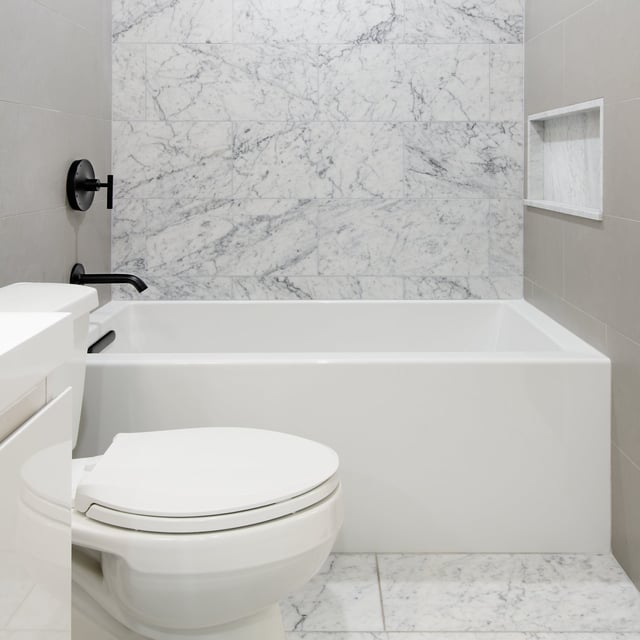
In This Article
Replacing a bathtub starts with one decision—but quickly turns into many. Style, material, installation, plumbing, labor, and timelines all play a role in the final cost. And while tubs themselves can range widely in price, they’re only one part of the budget.
If you’re planning an upgrade, here’s what to factor in—and how to avoid unexpected costs.
Bathtub prices by type: what you’ll pay and why
Bathtubs come in a wide range of styles, each with its own personality, price, and installation needs. Here are ten popular types to consider:
Bring Your Dream Bathroom to Life

Installing a new tub is a multi-step process that goes well beyond simply swapping out fixtures. First, the old tub must be removed, which can involve cutting through the caulk, disconnecting plumbing, and hauling away heavy debris—especially if the previous tub is cast iron or built-in. Expect to be charged disposal fees, and some municipalities require special handling for older materials.
Next, plumbing adjustments are often needed, especially if the new tub differs in size or style. This can mean moving supply lines, updating valves, or even installing new drains. If you’re upgrading to a whirlpool or walk-in tub, electrical work may be required to support new features.
Flooring and subfloor reinforcement is another consideration, particularly for heavier tubs. Contractors may need to shore up the floor to ensure stability and safety. Wall and tile repairs are common, as the area around the tub often needs new waterproofing, drywall, or tile to match the new installation.
A straightforward replacement typically takes one to two days, while more complex projects—such as installing a freestanding or walk-in tub—can stretch to three to five days or longer. Permitting and inspections may add time, but they’re essential for ensuring the work meets local codes and standards.
Perfect Every Detail of Your Bathroom

If your tub is leaking, cracked, or has significant structural damage, replacement is usually the safest option. However, if the surface is stained, chipped, or simply looks tired, you may be able to refresh it for a fraction of the cost.
Finding the right professional is key to a successful tub installation. Block Renovation connects you with thoroughly vetted contractors who specialize in bathroom remodels and understand the details of tub installation. Our design services help you plan your space and select the best tub for your needs, while our contractor vetting process ensures you’re working with licensed, insured experts. With Block Protections—including clear estimates, secure payments, and a one-year workmanship warranty—you can move forward with confidence, knowing your project is in good hands.

Written by Block Renovation
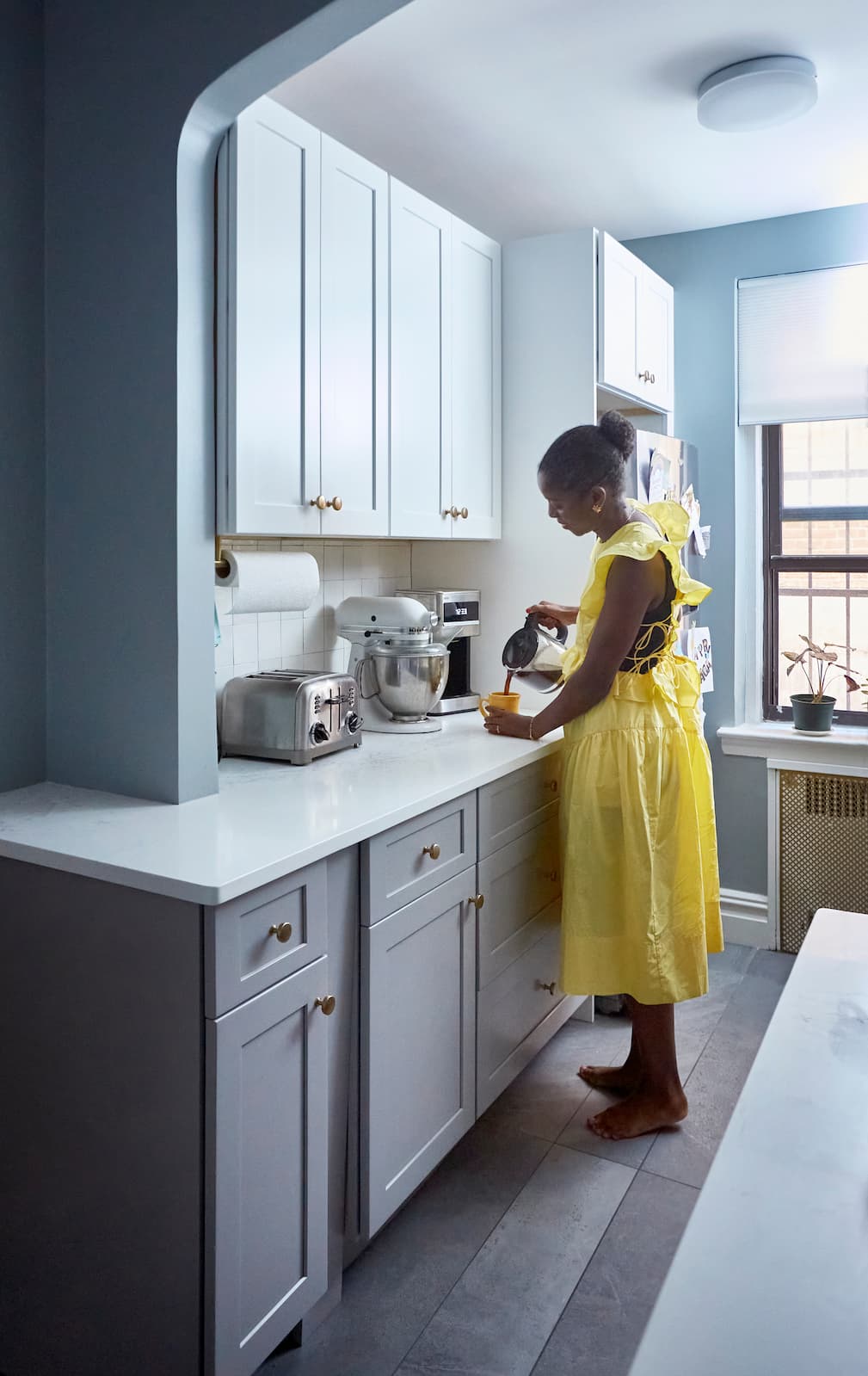
Renovate confidently with Block
Easily compare quotes from top quality contractors, and get peace of mind with warranty & price protections.
Thousands of homeowners have renovated with Block

4.5 Stars (100+)

4.7 Stars (100+)

4.5 Stars (75+)

Bathroom
Choosing Bathroom Fixture Finishes - Inspiration & FAQ
10.22.2025
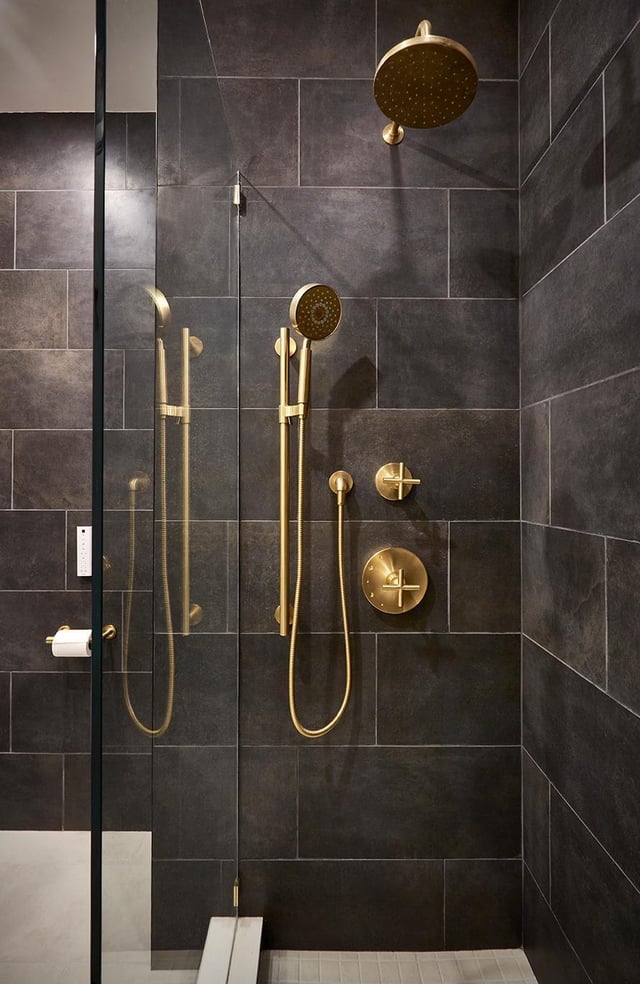
Bathroom
Designing a 40-Square Foot Bathroom? Here’s What Actually Matters
10.22.2025
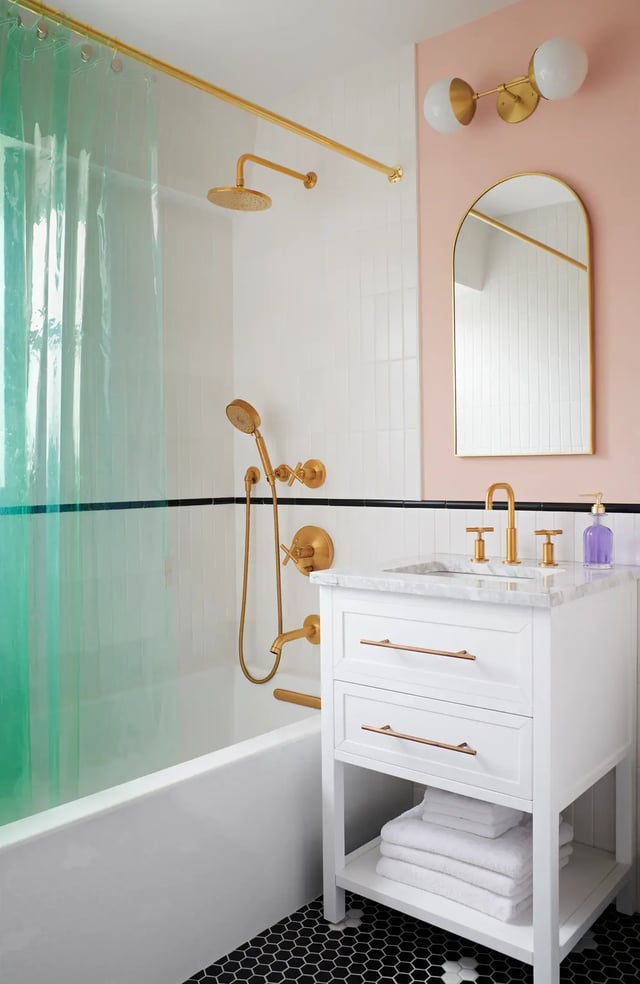
Bathroom
Different Types of Bathroom Sinks
10.22.2025
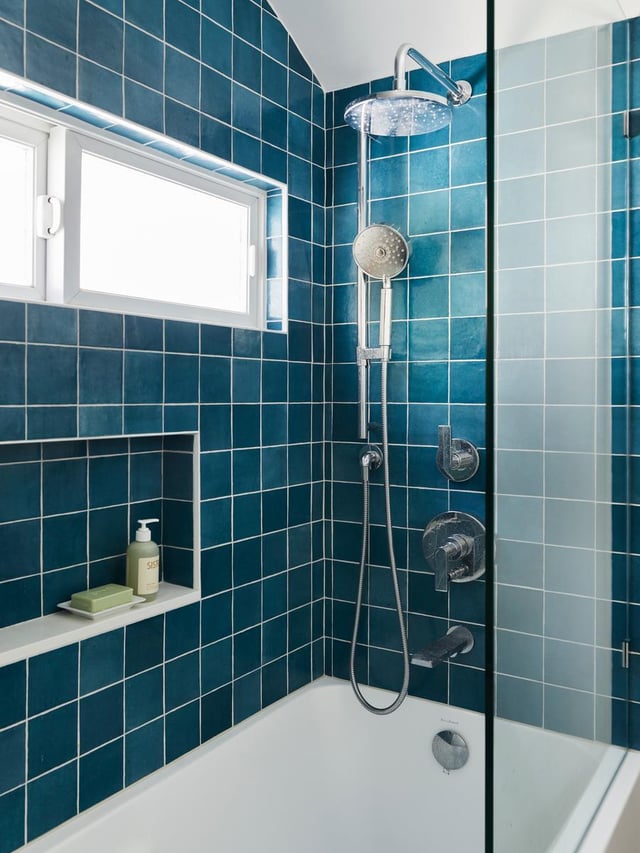
Bathroom
Showers with Windows to Inspire Your Bathroom Design
10.22.2025
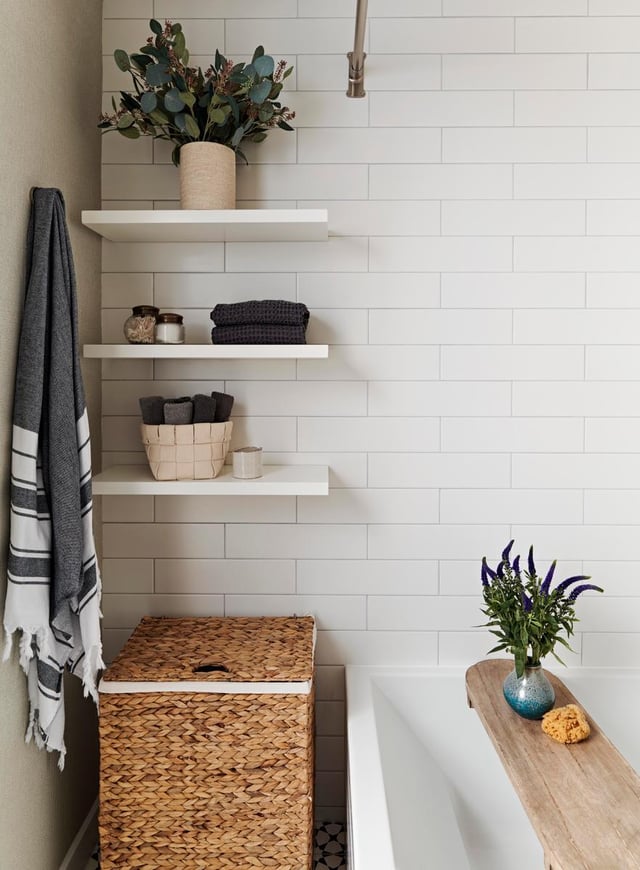
Bathroom
Small White Bathroom Design Ideas
10.22.2025
Renovate confidently